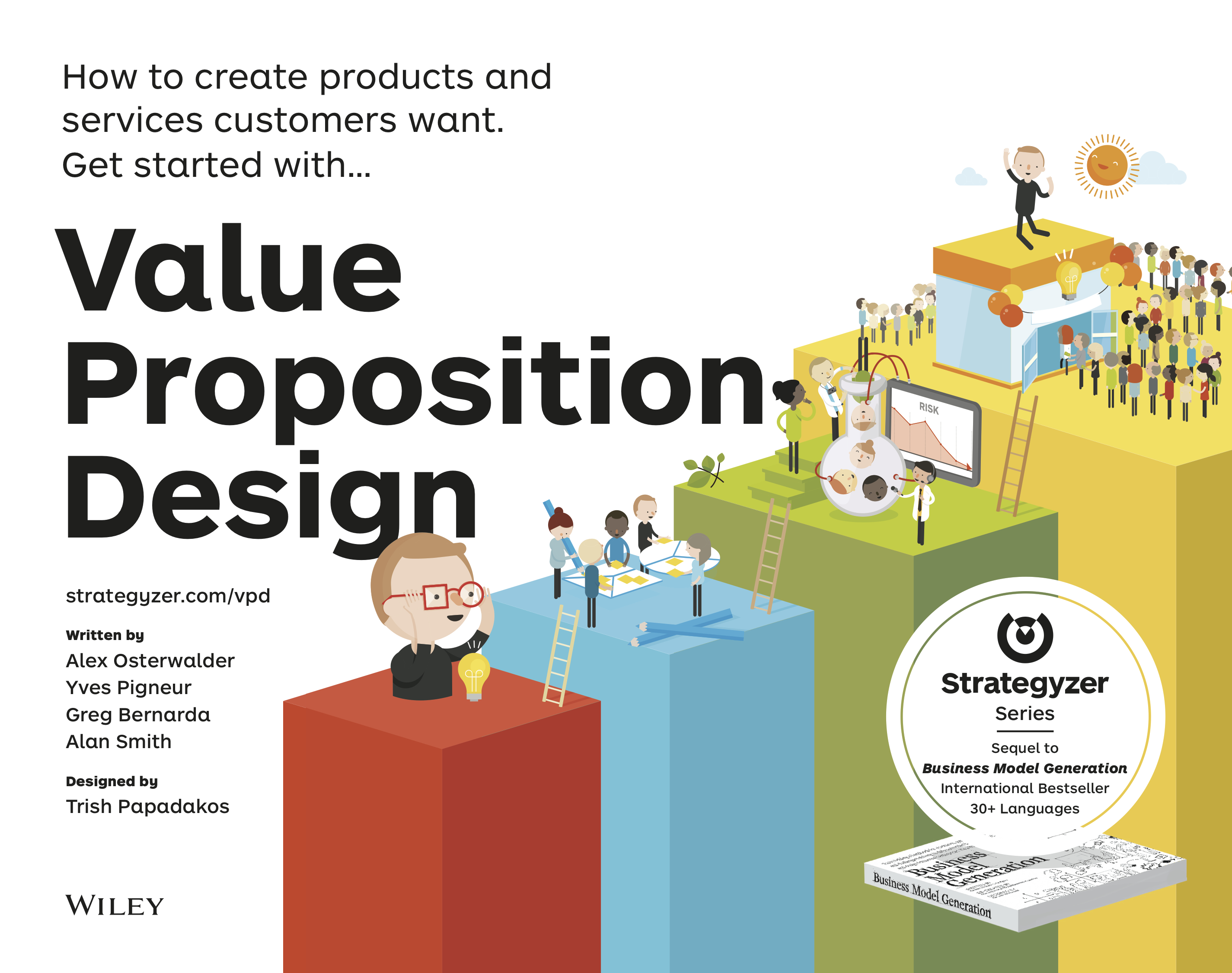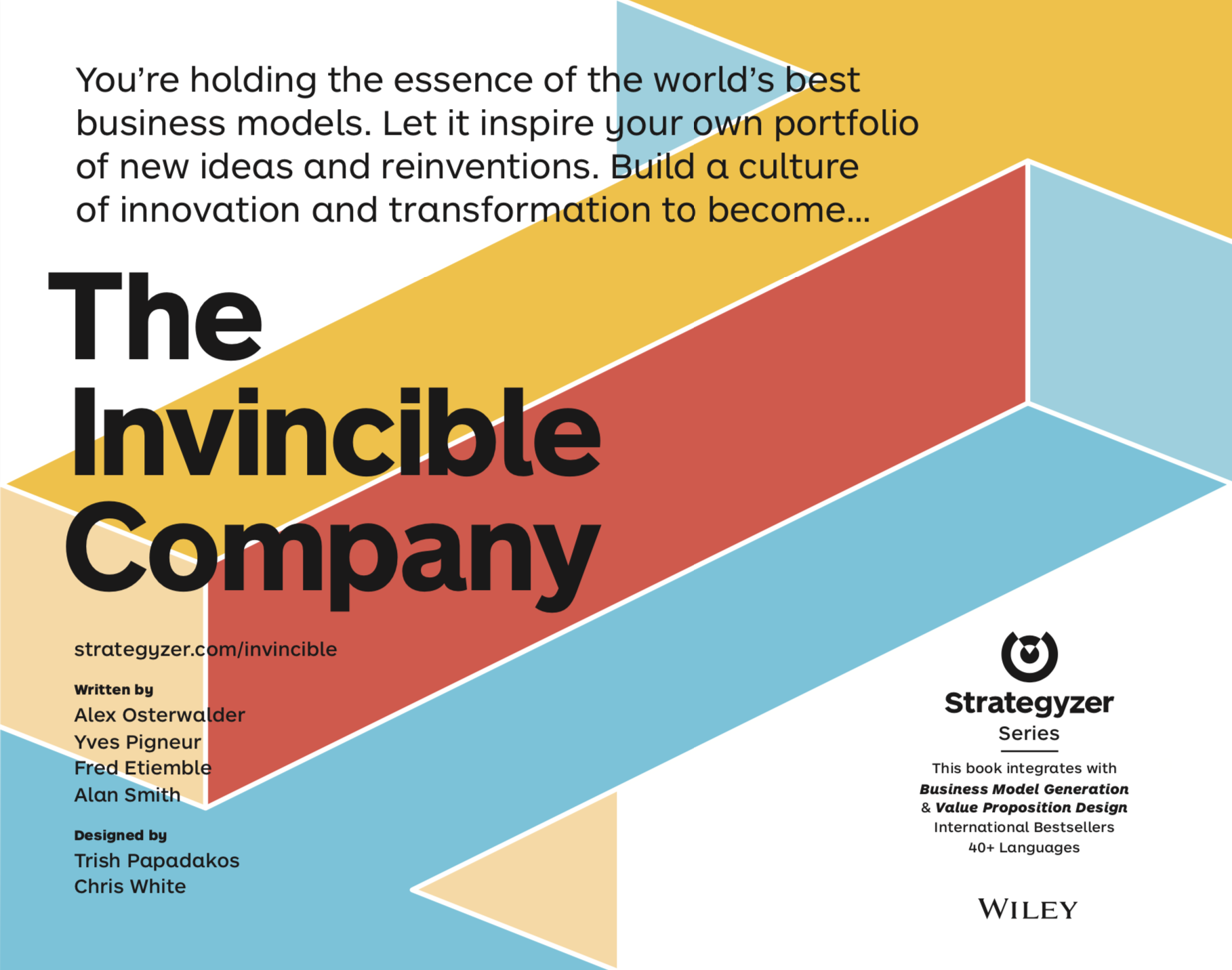e-business (old)
Objective
Despite the dot-com bubble burst, e-commerce have redefined the ways of conducting business, providing new business models, and competing in the global marketplace. This course provides the participants with an understanding of e-business from a business perspective, in a Internet-enabled economy. The course integrates principles suggested by the science of design, and mainly concerns business/IT alignment engineering.
The course introduces concepts, frameworks, and models for analyzing business models, designing enterprise architectures, and evaluating business/IT alignment. Learning will be accomplished through lectures, case studies, group presentation, and research. Upon completion this course, the participants will have a general understanding of the current state and trends of e-business, and be aware of the desirable business/IT alignment. More specifically, the participants will be able to (a) design the business model of a company, (b) design an enterprise architecture, and (c) assess the environment, the evolution and the innovation.
Content
This first part presents the concept of business model with its main components: value proposition, customer relationship, and operations management. Case studies will be used to illustrate the concepts (Shockfish, Swissquote, Sena, Skype …).
This second part presents the concepts of (service-oriented) enterprise architecture, application portfolio and IT infrastructure. The notions of service level agreement and service quality are also presented.
This third part illustrates the concept of patterns applied to three e-business situations: direct sale, virtual community, and e-marketplaces. Moreover it deals with three related notions: supply chain management, reputation mechanisms, and auctions. At each session, we will have an invited person who will present a concrete case or company, illustrating one of the three e-business situations: online sale (LeShop), virtual community (CampToCamp), and intermediary (TicketCorner).
This last part deals with business intelligence, technology foresight, and environment assessment, analyzed from a market, actor, and issue perspectives. Researchers working on technology foresight with multi-criterion decision models (with experts) and prediction market (with the “crowd”) will also present (and oppose) their research during this part of the course.
Required text
Course materials are listed in the syllabus and provided on the web site. Weekly reading materials will acquaint the participants with the topic to be covered in the upcoming class. Students are required to read all of them for the course. The assigned reading list is provided in the “Course Schedule” section of this syllabus.
Evaluation
Third, student will conduct a group project for defining a case study, write and refine a report consisting of the three following main parts: business model, enterprise architecture, and environment assessment. The deliverables have also to be uploaded on the group web site (blog) on the due dates. For grading purpose, activities will be issued based on the following scheme: (a) 20% for the class participation, (b) 30% for the project, and (c) 50% for a three-hour written closed-book exam (same conditions for retake).
Language
The course is given in French but the course material is in English. In addition, English-speaking students can ask their questions, and write exam and project paper in English.
syllabus
http://www.hec.unil.ch/yp/GTI/




